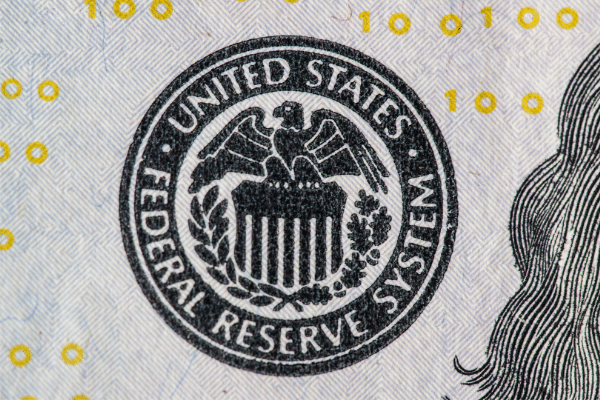
- The U.S. Federal Reserve is widely expected to raise interest rates by 0.25% at its meeting this week, the first time since slashing borrowing costs to zero at the start of the pandemic.
- The problem facing central bankers is that even in the best of times, monetary policy is a blunt tool for reigning in inflationary pressures – in times of external shocks like an unprovoked invasion of a major commodity supplier by a belligerent foreign country – they can be useless.
Soaring prices of everything that make life livable, are putting increasing amounts of pressure on central banks which are also having to simultaneously deal with the consequences of rising costs that could dampen economic growth.
What will policymakers do?
The U.S. Federal Reserve is widely expected to raise interest rates by 0.25% at its meeting this week, the first time since slashing borrowing costs to zero at the start of the pandemic.
U.S. Federal Reserve Chairman Jerome Powell articulated the central bank’s intentions in testimony before Congress earlier this month, signaling a preparedness to begin a series of interest rate hikes, despite Russia’s invasion of Ukraine and consequent economic fallout.
Markets have also fully priced in the quarter-point rate hike in March, with another five expected over the remaining six meetings this year, which would leave the Fed’s key interest rate at around 1.5% by December, well shy of the 2.0% to 2.5% most analysts had forecast at the beginning of the year.
Then again, Russian troops hadn’t yet invaded Ukraine in January and inflation was still the key hot button issue (it still is) just that the war in Ukraine is derailing that focus.
The problem facing central bankers is that even in the best of times, monetary policy is a blunt tool for reigning in inflationary pressures – in times of external shocks like an unprovoked invasion of a major commodity supplier by a belligerent foreign country – they can be useless.
Tighter monetary policy simply cannot deflate prices driven by supply-side shocks such as the conflict in Ukraine, which has sent energy and commodity prices soaring.
The rich Ukrainian soil which would typically be sown with wheat at this time of the year is instead being planted with bodies, bombs and ballistics and that will affect things to come for next year’s harvest.
Ukraine is a major agricultural and commodity producer, as is Russia, which has since been excluded from the global market and no amount of central rate hikes can make up for a shortage of their resources to on dinner tables and garages globally.
High food and fuel prices raise costs not just for individuals, but companies as well, putting pressure on margins, which until fairly recently, were assumed to be thick enough to absorb increasing borrowing costs.
And the Fed is well aware of this, because tightening monetary policy too quickly in such an environment tip the U.S. into a recession.
Inflation may be bad, but given that the Fed can’t do much about this type of inflation anyway, cranking up borrowing costs does more harm than good and it’s highly unlikely that the policymakers want a recession because that would reverse all that they’ve done with employment and the economic recovery.



